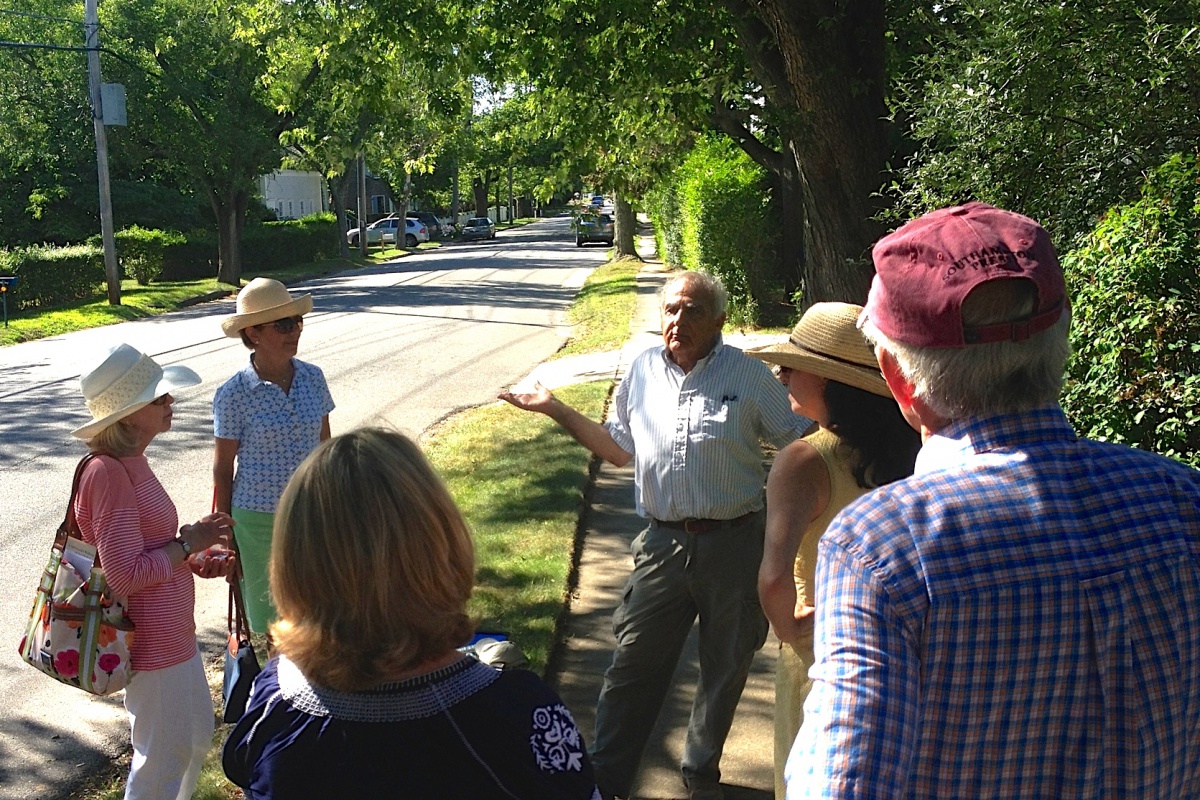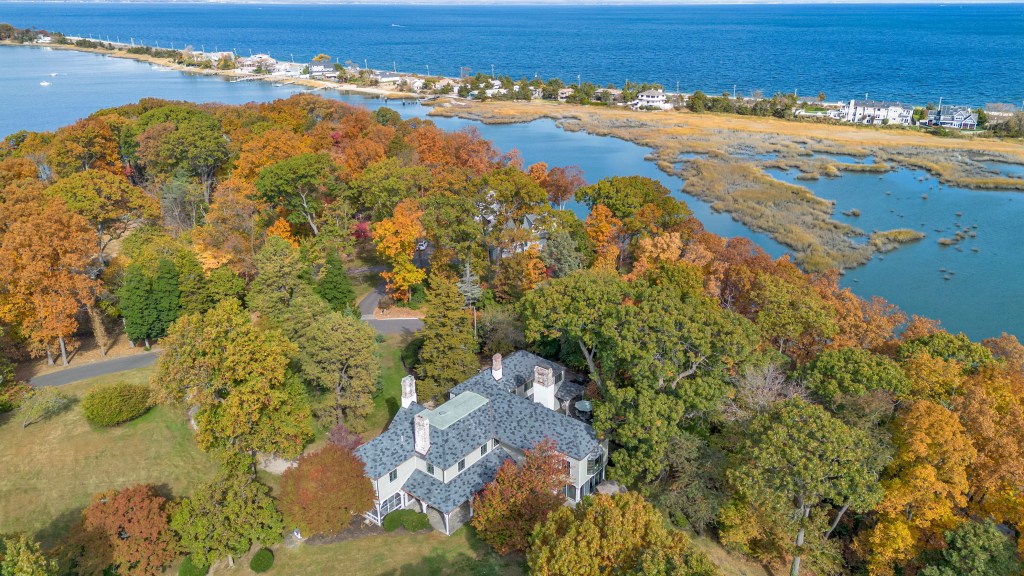Take a Walk Through Sag Harbor History

When it comes to East End history, it doesn’t get much more colorful than Sag Harbor, a lively port town with a questionable past and lots of tales to uncover.
Discover history with Sag Harbor Sidewalks, a new venture launched this summer by Tony Garro and me. Sag Harbor Sidewalks offers regularly scheduled historic tours of the village in conjunction with the Sag Harbor Whaling & Historical Museum. Tours leave from the whaling museum at 3 p.m. on select Saturdays throughout the summer with topics ranging from the lives of whalers at sea (and the wives they left behind), to the village’s impressive list of resident writers and even stories of its resident ghosts.
“Sag Harbor started as a seaport, it was the first official customs port in the United States in 1790,” Garro says. “A bit later in New York State, there were two customs ports—New York City and Sag Harbor, and for a number of years Sag Harbor was the more important of the two ports. It took in more revenue than the Port of New York did.
“Because of that, it’s always been an open cosmopolitan place that attracted creative people,” Garro adds. “James Fennimore Cooper owned a whaling ship and he wrote in Sag Harbor—he started the literary tradition of Sag Harbor.”
“Farmers didn’t want their daughters to come to Sag Harbor,” he adds. “Men from literally all over the world were there—including Queequeg from Moby Dick.”
Garro is a retired high school teacher and an avid history buff who has spent a great deal of time researching Sag Harbor’s history. He first began offering historic walking tours of the village 15 years ago for the East Hampton and Southampton Trails Preservation Societies.
“I started with a generic tour of Sag Harbor that started at Mashashimuet Park and went down Main Street,” Garro says. “But as I learned more about the history of Sag Harbor, I realized there was too much information for just one tour, and started coming up with themes.”
My own role as tour guide grew out of my longtime position as the associate editor at a local newspaper, where I learned a great deal about the village’s history through the stories I pursued for the paper. As a result of our collective experience, for the past several years, Garro and I have offered occasional off-season walking tours of the village. Now, with the creation of Sag Harbor Sidewalks, the wider East End summer community has the opportunity to learn about the village’s history as well.
There certainly isn’t a shortage of material, as Garro and I have learned over the years. Our repertoire now includes a maritime tour, a literary tour, a patriotic tour, a women’s tour and a haunted house tour.
“Now we’re working on a cemetery tour for next season,” Garro notes.
Beyond the actual history, what really makes Sag Harbor ideal for walking tours is its architecture, most of which remains intact from the 19th century. That means when we say something happened in this house, it really did.
“It’s preservation by neglect,” Garro explains. “Sag Harbor never developed as a Hamptons destination until very recently. Because of that, there was no great demand to raze the houses.”
“Of the roughly 1,000 dwellings within Sag Harbor, probably three quarters are 19th century or older,” he says. “Many of the old houses have remained.”
As have the stories… and now you can hear all about it.
Sag Harbor Sidewalks tours are offered through the Sag Harbor Whaling Museum, 200 Main Street, Sag Harbor. Tickets are $20. Upcoming tours include: Literary Legends (July 26 and August 16 at 3 p.m.) and Captain’s Row (August 2 and August 23 at 3 p.m.) To reserve, call the whaling museum at 631-725-0770 or visit sagharborwhalingmuseum.org.



